The Rental Question
July 5, 2023
There’s a 6 minute voiceover on my substack if you’d rather listen.
I’m of two minds about renting products. I like that rental promotes reuse to a greater extent than many other practices, but the logistics, freight expenses and carbon impact (from freight) can outweigh the benefits. For me, rental makes sense for high-quality items that have a short use-period (like children’s items and adults occasion-wear). I also wonder as logistics companies become more environmentally friendly, (like using electric vehicles for delivery), if the negative impacts of rental will go down, and I assume they will.
The way rental makes sense to me is in the context of quality and how long an item can be useful to its current owner or user. Children’s products are ideal for all kinds of reuse, rental included, because kids of different ages simply don’t need the same things, they grow out of them. Another place rental makes a lot of sense is with occasion wear- outfits for special events that the user probably will only wear once. In that case, you could argue that the environmental footprint is actually lower for rental because one item can be used by many instead of many different items being purchased by many different users. Consumers can purchase and resell these short-use items, but in some cases I think rental makes more sense because they don’t have to figure out what to do with it when they’re done, they just send it back. Outdoor gear is also ripe for rental, and REI has a rental program for their gear. If someone is going skiing for a weekend and may not go again for years, renting makes the most sense.
For fashion, two of the main brand-to-consumer rental players are Rent the Runway (roughly $100/mo for 5 pieces) and Nuuly (roughly $100/mo for 6 pieces). There are also peer-to-peer rental platforms like Tulerie and By Rotation. I have a big open question about how scalable peer-to-peer is in the long term; I think it has the most potential for scale because of the amount of stuff in people’s closets, but the question is really what will motivate people to start pulling their stuff out for resale and rental at scale. When will it become a common and easy practice for everyone? What will push that transition? For now, I’ll stay focused on the topic at hand, rental. (Here’s an article from Vogue sharing 7 different rental platforms.)
Featured Rental Brand: Tiny Earth Toys
In this newsletter I am featuring Tiny Earth Toys (TET) and their founder and CEO, Rachael Classi.
I had the great pleasure of speaking with Rachael who started TET because she was frustrated by the waste accumulated with baby toys, even high quality ones. She decided to create a toy rental offering for other parents with similar values and similar frustrations. TET works with high-quality toy brands to rent toy sets to customers for two months at a time. After the two months (when the child has likely developed beyond that set of toys), they are returned to TET and exchanged for a new set. The returned toys go through a special inspection and cleaning process, assuring that they are not missing any pieces, are not damaged and are clean and ready for a new family. The monthly subscription fees range from $35/month for 5 toys to $65/month for 10 toys. Personally, I probably spend about $35/week on my daughter’s whims (don’t judge me), so I think this is quite fair, plus sending them back and not worrying about what to do with them would be immensely satisfying. (I write this as I sit in my attic next to 5 gigantic bags of children’s giveaways that I haven’t managed to responsibly hand over yet! A car seat, a crib mattress, bags of clothes and toys…)
Quality is paramount for TET. They are using highly durable toys with an actual (not perceived) short lifespan due to children’s rapid brain development. In my view, this is the perfect case for rental: users want a high-quality product, but they will not need to use it for a very long time. If the user purchased the product outright, they’d be looking to give it away or sell it themselves in a few months- and speaking from experience, trying to give away children’s items is hit and miss and usually a lot of work; sometimes you find the perfect family for your stuff, sometimes you can’t and you end up donating it or throwing it away because you don’t know what else to do. In that case rental is a better solution. IF the product can be cleaned and rented out to another user, it actually makes more sense to rent it.
I want to highlight the impressive business side of TET as well because it’s important to understand that these new companies are creating jobs and growing quickly. TET is doing about $1 million in annual revenue now, and they expect to double that this year. They have 14 full-time employees and thousands of monthly subscribers across the US. They own their warehouse, something I am particularly excited about as it’s the lifeblood of their business and gives them total control over their product and customer experience.
There are many reasons to support a business like TET, but the first one should be that it is a solution that makes parents' and caretakers’ lives easier while being inherently more sustainable.
That’s it for this week. As I researched this newsletter I was struck by the quick evolution of rental business models, so I think this is only the tip of the iceberg.
Take care + see you next week! Please let me know via email or LinkedIn if you have any topic requests.
Cynthia

